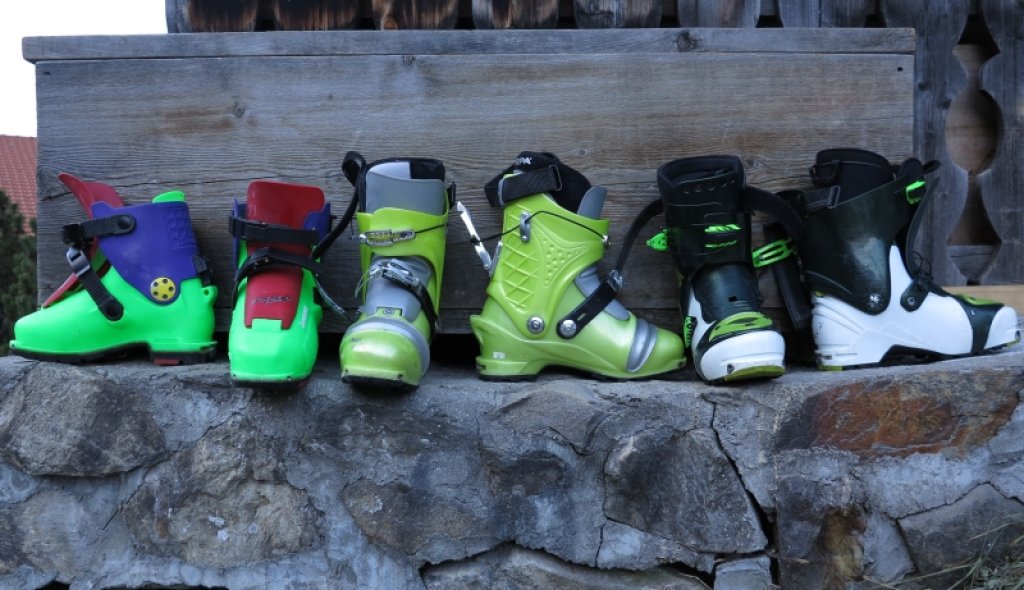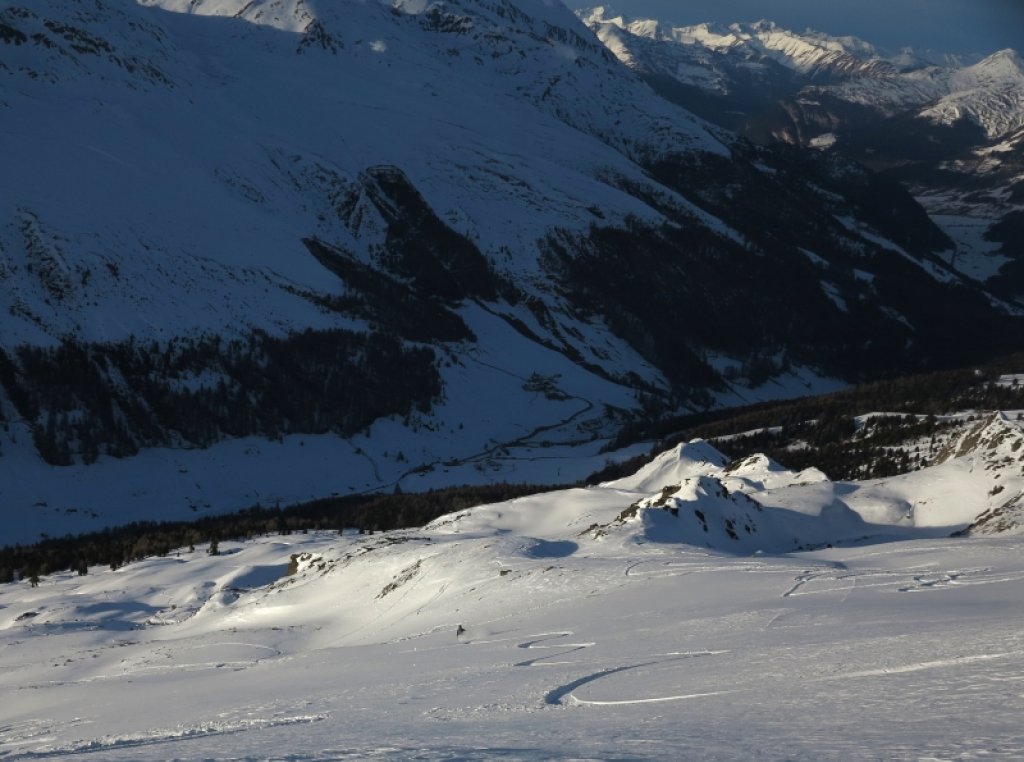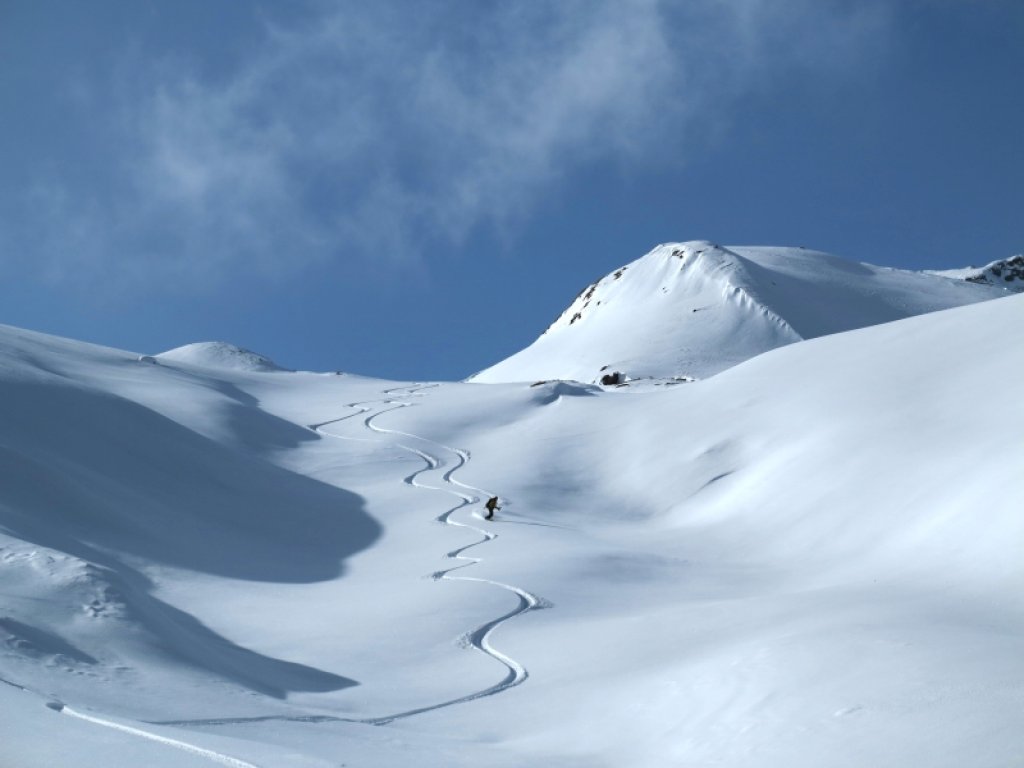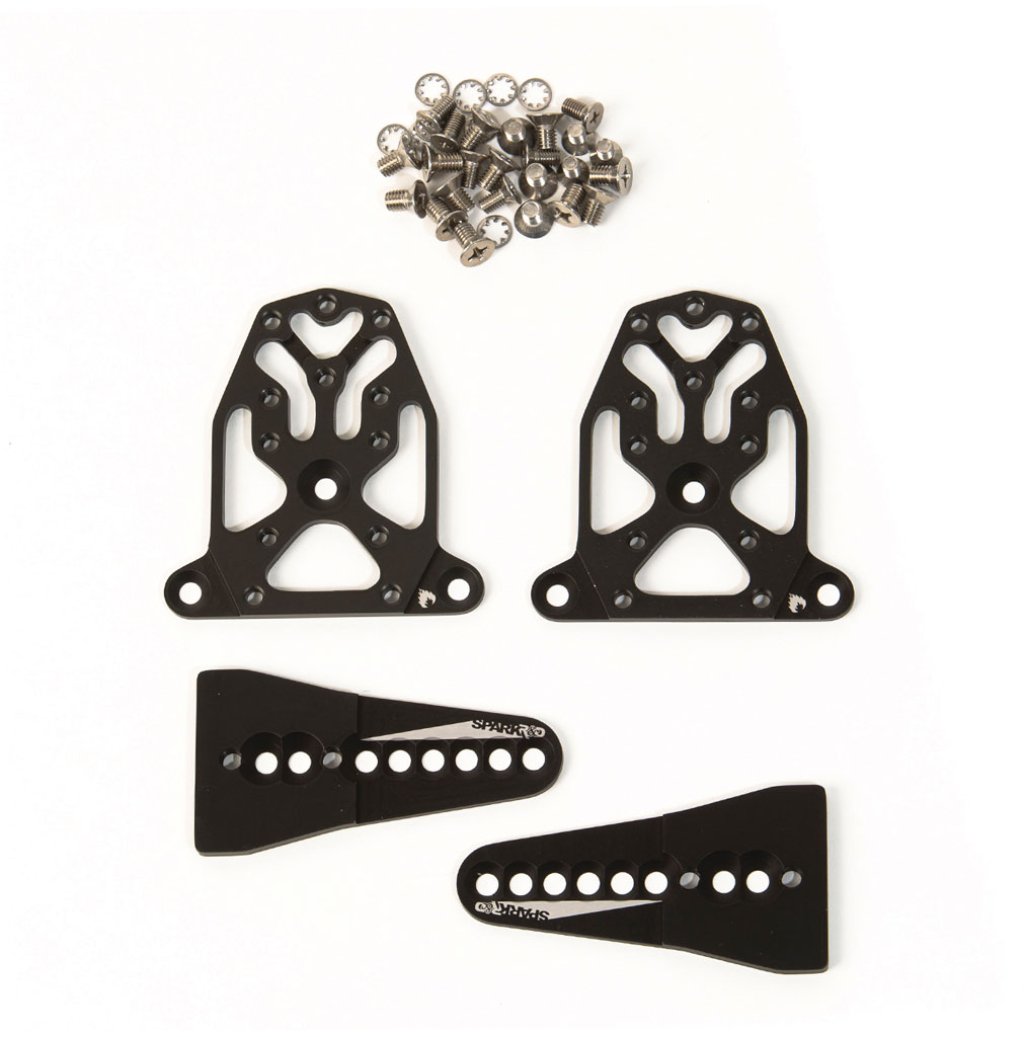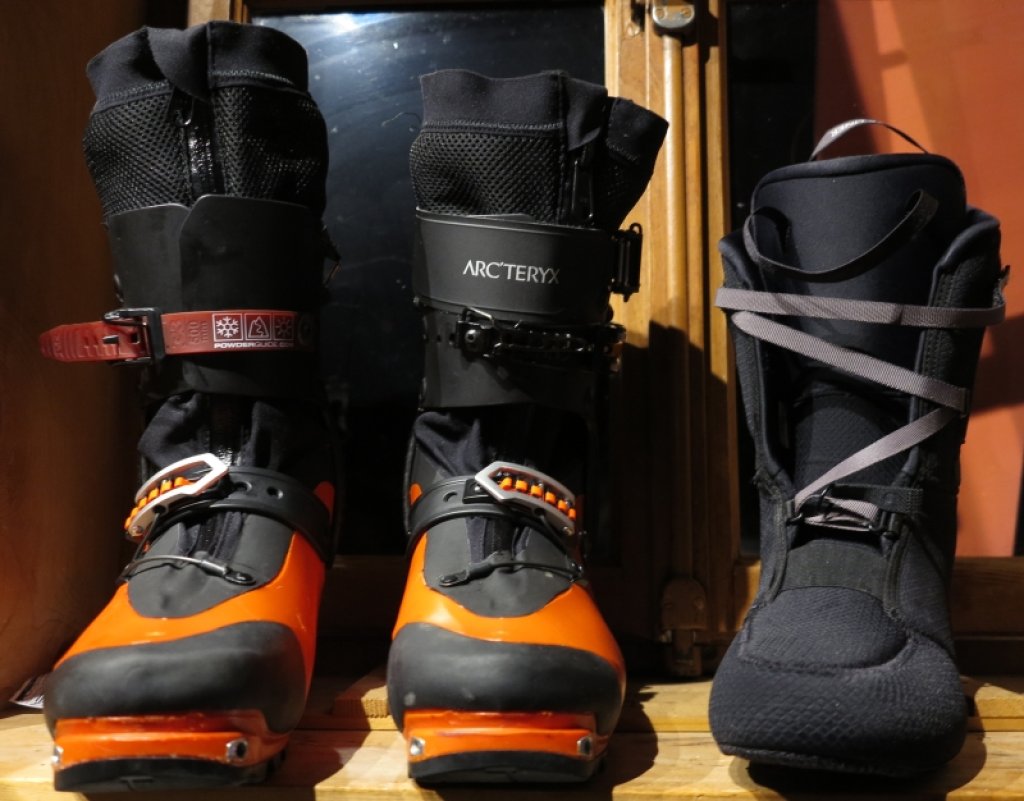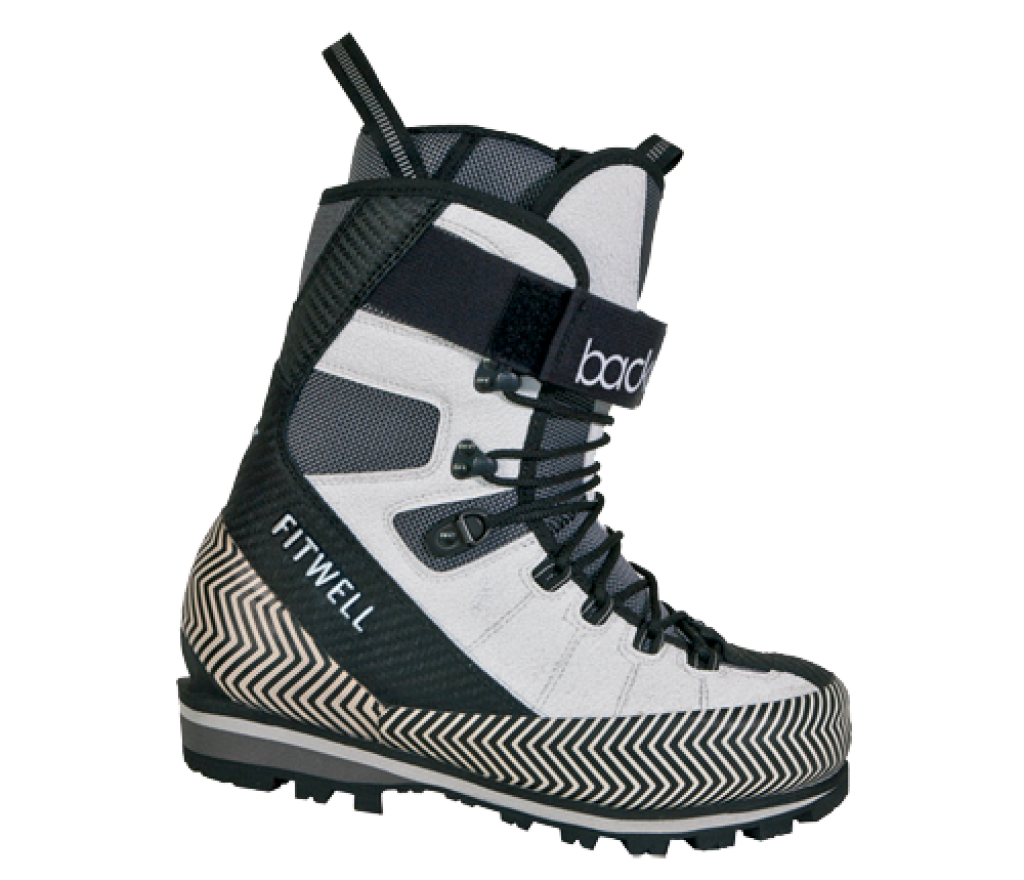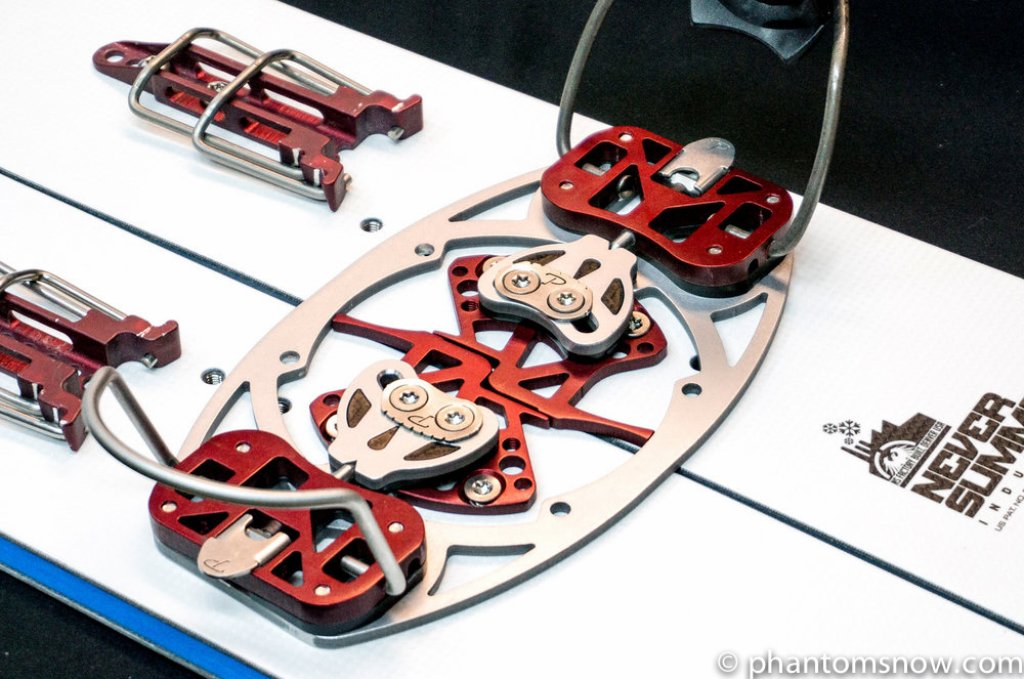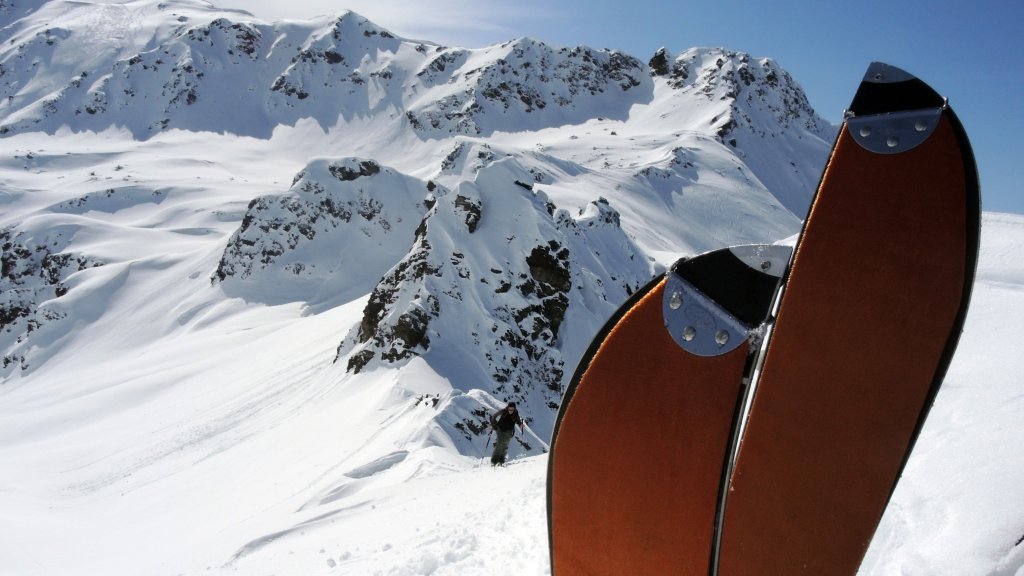Why should you switch?
This question is definitely justified and is not only controversial but also emotionally debated (http://splitboard.com/talk/topic/la-sportiva-sideral-boots/#post-658600). Since Karakoram, Spark and co have revolutionized the splitboard (binding) market dominated by Voilé, you can go on tour adequately with your skiing colleagues. A soft boot splitboard setup still costs more than a standard ski touring equipment, but you now get a sophisticated system in return. If you want to save money, you can slowly find good second-hand offers on the relevant internet sites.
A major drawback of such a soft boot setup is the ascent weight per foot. On the part of the manufacturers, lighter splitboards (e.g. through the use of carbon) are an answer to this problem.
In contrast, parts of the splitboard community are focusing on boots and bindings. Splitboarders now use lightweight ski touring boots, Dynafit Tech bindings for ascending and put the bindings in their backpacks for descending. This makes enormous weight savings possible. I personally save almost 1 kilo per foot with the hard boot setup. Do you need more reasons? Not necessarily, but there are plenty of them.
Better edge hold on the ascent thanks to the very direct Dynafit-Hardboot connection,
longer stride length thanks to a better pivot point,
more grip on demanding icy summit ridges, easy crampon mounting.
Short: Hard boots are for ascent-oriented splitboarders - the powder hunter who generally only tackles short ascents will be satisfied with a soft boot setup.
